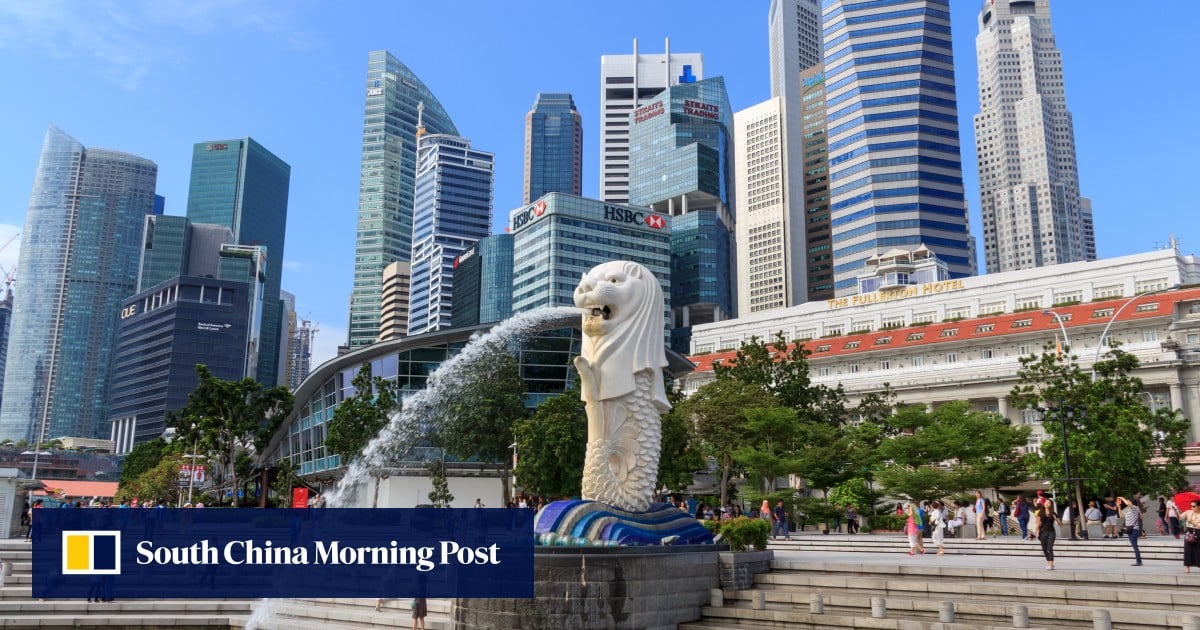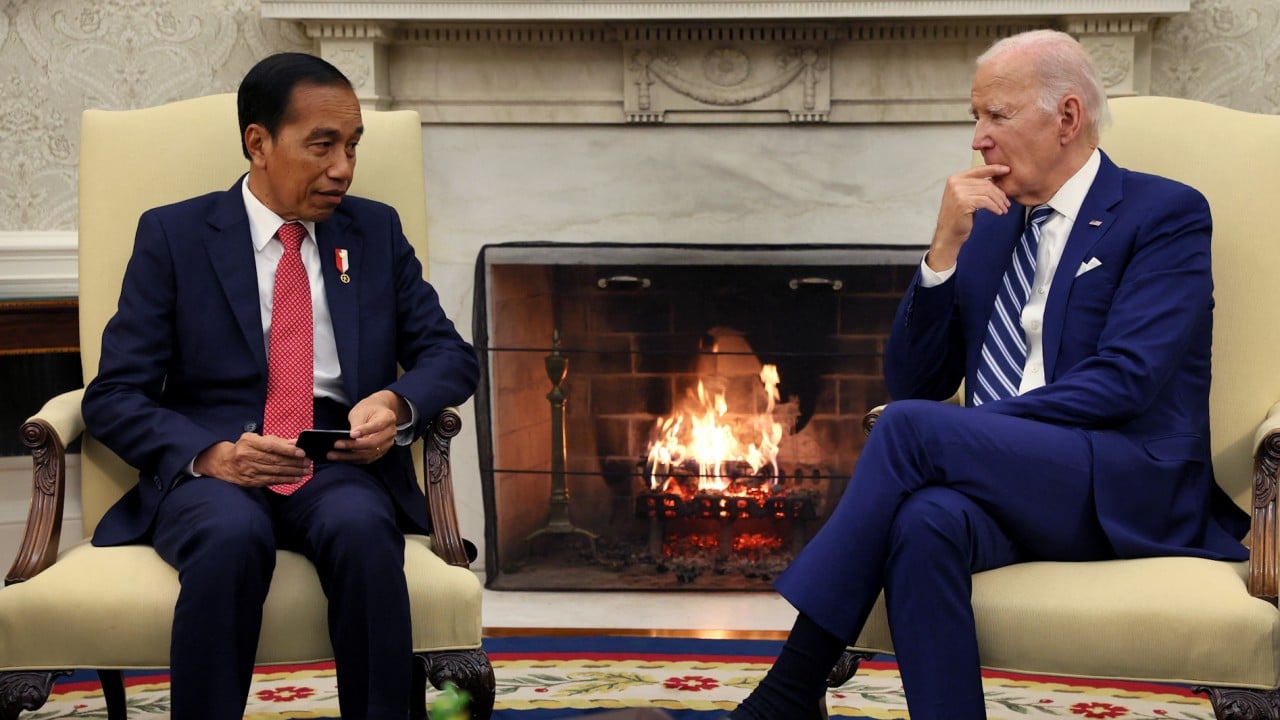
13 Mar Southeast Asia’s digital economy drives private capital interest, but few exit deals threaten region’s attractiveness
The Southeast Asia market has become increasingly attractive for private capital investments in recent years, owing to the region’s economic growth and investors hedging against China amid geopolitical tensions, according to data service provider PitchBook.
From 2015 to 2021, private capital deals that include private equity (PE) and venture capital (VC) investments more than tripled in the region, from 629 deals to 1,935 deals, and reached US$34.1 billion in deal value by the end of 2022, according to a report published by PitchBook on Wednesday.
The surge in the region’s private investment market comes amid robust economic growth in the region. From 2015 to 2023, Southeast Asia’s gross domestic product (GDP) has grown more than 56 per cent, from US$2.5 trillion to US$3.9 trillion, according to data from the International Monetary Fund.
Investor interest also comes from the region’s relatively young, growing population and nascent technology ecosystems.
TikTok’s e-commerce push faces headwinds in Southeast Asia after Indonesia ban
TikTok’s e-commerce push faces headwinds in Southeast Asia after Indonesia ban
The median age of Southeast Asia’s nearly 700 million people is under 30 years old, nearly a decade younger than China and the US, and two decades younger than Japan.
The rise of mobile technology, driven by greater smartphone adoption during the Covid-19 pandemic, has also led to accelerated growth of the digital economy, according to the report.
This is a harbinger for future venture deal-making in the region, the report’s authors said in a note, as consumers are becoming increasingly used to tech-enabled platforms.
Between 2018 and 2023, software-related deals accounted for more than 40 per cent of all PE and VC deals in the region. Meanwhile, the share of annual deal value of business-to-consumer companies more than doubled from 2021 to 2023, from 16.8 per cent to 36.2 per cent.
Beyond India and Japan, Southeast Asia has also been one of the biggest economic beneficiaries of Washington’s efforts to “de-risk” from China.
Singapore has seen an influx of family offices, as many Chinese investors now view the city state as a safe harbour for wealth preservation. The Singaporean government has been working on policies to stipulate that locally domiciled family offices invest in the city.
Still, some impediments to growth remain. Southeast Asia’s market remains complex with fewer exit opportunities for investors and a lack of growth-focused funds, according to PitchBook.
Policies and regulations can vary widely from one country to the next, and levels of development also present different challenges.
The GDP of the region’s largest economy, Indonesia, is expected to reach US$1.5 trillion this year. Laos, the smallest economy, is at just US$14.1 billion.
Singapore alone generated nearly 6,000 PE and VC deals from 2015 through 2023, the most in Southeast Asia. By contrast, the Philippines saw just 421 deals in those nine years.
In the same time period, just three companies generated 80 per cent of the value for VC-backed exits – US$55 billion out of US$70 billion total. PE-backed exits have generated US$79.3 billion for investors since 2015.
Grab’s merger with a special purpose acquisition company in 2021 – an arrangement that allowed it to bypass the lengthy traditional initial public offering process – was the largest ever such deal at US$32.8 billion.

Across all PE and VC exits, four companies accounted for nearly 46 per cent of the total exit value in the region for those years.
Last year, just US$1.1 billion in VC-backed exit value was generated in Southeast Asia, while PE-backed companies generated US$7 billion.
So while the tech ecosystem in the region is rapidly evolving, low returns could leave investors looking more towards India and Latin America, according to PitchBook analysts.
Another hurdle is the lack of growth-stage funds, as just 8.2 per cent of the VC funds closed since 2015 did so with more than US$250 million in capital commitments, leading to a general lack of late-stage capital across the region to support companies seeking growth.

